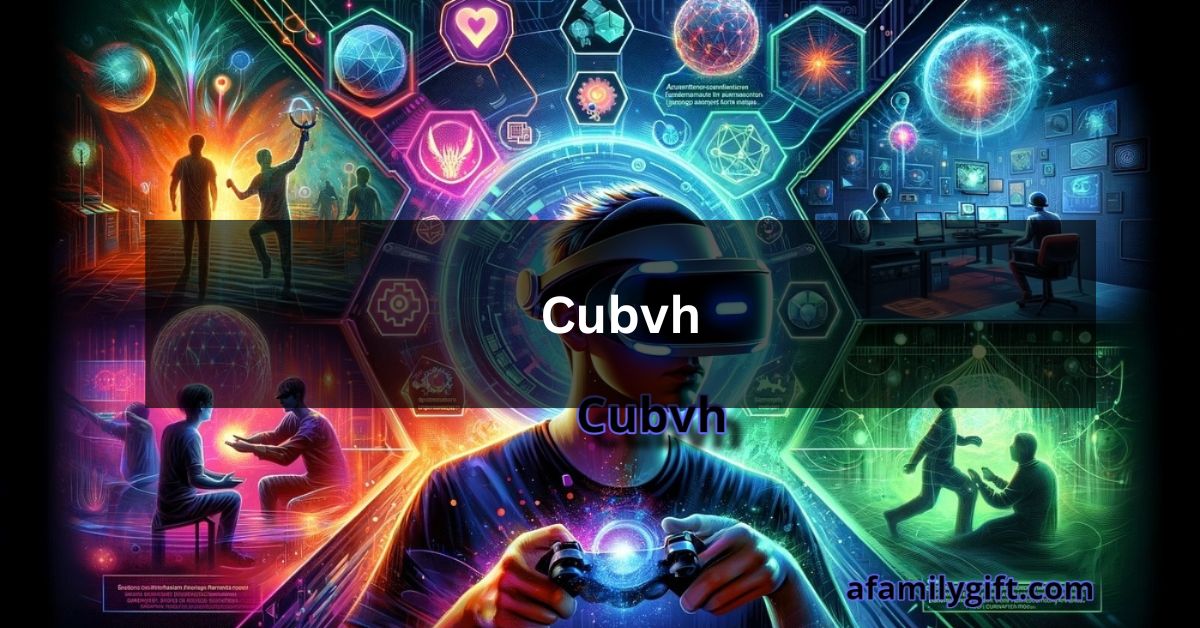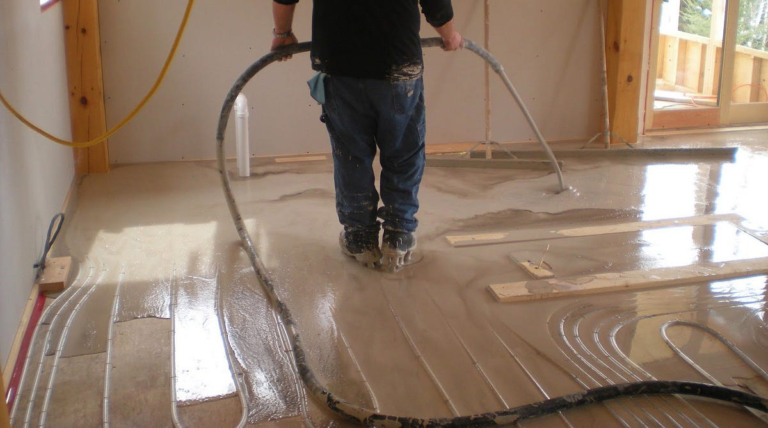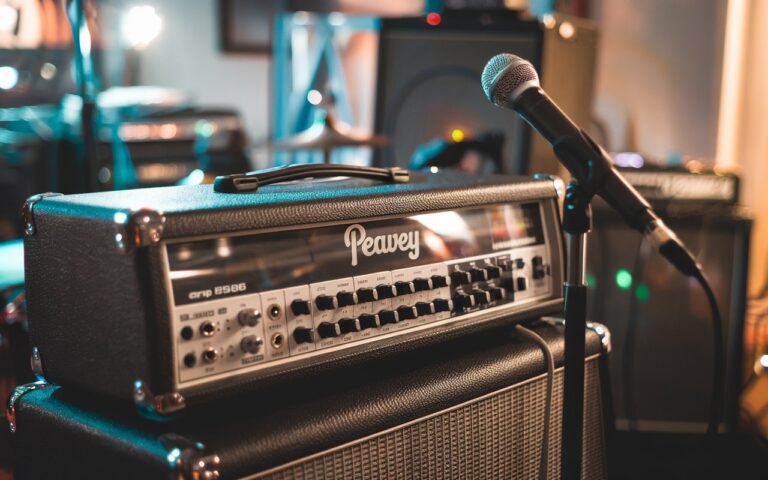Understanding Cubvh: A Comprehensive Guide
Welcome to our detailed guide on Cubvh, a fascinating and complex topic that plays a significant role in the world of technology and computing. This article will help you understand what Cubvh is, its applications, benefits, and much more. Whether you’re a tech enthusiast or someone new to the subject, we’ve crafted this guide to be accessible and informative. Let’s dive into everything you need to know about Cubvh.
What is Cubvh?
Cubvh Explained
Cubvh is a term that stands for “CUDA Bounding Volume Hierarchy.” It refers to a sophisticated tool used in computer graphics and computational geometry. The essence of Cubvh lies in its ability to accelerate two crucial tasks: ray tracing and collision detection.
Breaking Down the Term
To grasp Cubvh fully, it’s helpful to understand the individual components:
- CUDA (Compute Unified Device Architecture): Developed by NVIDIA, CUDA is a parallel computing platform and programming model that allows developers to leverage the power of NVIDIA GPUs (Graphics Processing Units) to perform computations more efficiently.
- Bounding Volume Hierarchy (BVH): BVH is a data structure used in computer graphics to organize objects within a 3D space. It helps in speeding up the process of ray tracing and collision detection by reducing the number of calculations required.
When combined, CUDA BVH (Cubvh) represents a method that utilizes CUDA technology to optimize the performance of BVH in handling complex graphical computations.
How Cubvh Works
The Role of Bounding Volume Hierarchy
Bounding Volume Hierarchy is a critical component in many computer graphics applications. It involves enclosing objects in simple volumes, which are then used to speed up calculations by quickly eliminating objects that do not interact with a given ray or collision path.
Steps Involved in BVH
- Object Hierarchy: Objects in a scene are grouped into a hierarchy based on their spatial proximity.
- Bounding Volumes: Each group is enclosed in a bounding volume, which is typically a simple shape like a sphere or box.
- Ray Intersection Testing: When a ray (such as light in ray tracing) intersects with the scene, BVH allows the system to quickly determine which bounding volumes and objects might intersect with the ray, thus reducing the number of detailed calculations needed.
CUDA’s Contribution
CUDA enhances the efficiency of BVH by parallelizing computations. Instead of performing tasks sequentially, CUDA allows for multiple calculations to be executed simultaneously across many GPU cores.
Benefits of CUDA with BVH
- Speed: CUDA can significantly accelerate the BVH traversal process, making real-time applications like video games and simulations more responsive.
- Scalability: It enables handling larger and more complex scenes by distributing the workload across multiple GPU cores.
Applications of Cubvh
Cubvh has several practical applications across various fields. Here are some notable examples:
1. Video Games
In the gaming industry, Cubvh is used to enhance graphics rendering, making games more immersive and realistic. It helps in achieving smoother ray tracing, which is crucial for generating realistic lighting and shadows.
2. Film and Animation
For movies and animations, Cubvh accelerates the rendering of complex scenes. High-quality visual effects often require extensive ray tracing, and Cubvh makes these computations faster and more efficient.
3. Virtual Reality (VR) and Augmented Reality (AR)
Cubvh is vital in VR and AR applications where real-time rendering is essential. By speeding up ray tracing and collision detection, it ensures that VR and AR experiences are fluid and interactive.
4. Scientific Simulations
In scientific simulations, such as those used for research in physics or astronomy, Cubvh helps in managing and processing large amounts of spatial data quickly, allowing for more detailed and accurate simulations.
Benefits of Using Cubvh
Increased Performance
The primary advantage of Cubvh is its ability to enhance performance. By leveraging CUDA technology, it speeds up the computation processes involved in ray tracing and collision detection, leading to faster rendering times and more efficient processing.
Enhanced Quality
With faster processing, Cubvh allows for higher-quality graphics and simulations. In video games and films, this translates to more realistic visual effects and smoother experiences.
Scalability
Cubvh can handle large-scale scenes and complex calculations due to its efficient use of GPU resources. This scalability is crucial for applications that require real-time processing of intricate data.
Flexibility
Cubvh is adaptable to various applications beyond graphics and gaming. Its underlying principles can be applied to different fields where efficient spatial data management is required.
Challenges and Considerations
While Cubvh offers numerous benefits, there are also challenges associated with its use:
1. Complexity
Implementing Cubvh requires a good understanding of both CUDA programming and BVH structures. This complexity can be a barrier for those new to the field.
2. Hardware Dependency
Cubvh relies on NVIDIA GPUs, which means that its performance benefits are tied to the availability and capability of these hardware components.
3. Development Costs
Developing applications that utilize Cubvh may involve higher costs due to the need for specialized hardware and expertise.
Future of Cubvh
The future of Cubvh looks promising as advancements in GPU technology and computational methods continue. As graphics and simulation requirements evolve, Cubvh will likely see improvements in its efficiency and applicability. Emerging technologies such as AI and machine learning could further enhance its capabilities, leading to even more advanced applications.
FAQs About Cubvh
1. What does Cubvh stand for?
Cubvh stands for CUDA Bounding Volume Hierarchy, a tool used to accelerate ray tracing and collision detection in computer graphics.
2. How does Cubvh improve ray tracing?
Cubvh improves ray tracing by using CUDA to parallelize computations, which speeds up the process of determining ray-object intersections.
3. Can Cubvh be used in video games?
Yes, Cubvh is widely used in video games to enhance graphical rendering and performance by speeding up ray tracing and collision detection.
4. Is CUDA necessary for using Cubvh?
Yes, Cubvh relies on CUDA technology to achieve its performance benefits. It uses CUDA-enabled GPUs to accelerate computations.
5. What are the benefits of using Cubvh in VR and AR applications?
In VR and AR, Cubvh provides real-time rendering improvements, leading to smoother and more interactive experiences.
6. Are there any alternatives to Cubvh?
Yes, there are other methods and technologies for accelerating ray tracing and collision detection, such as traditional CPU-based BVH or alternative GPU frameworks.
7. How does Cubvh impact the quality of visual effects in films?
Cubvh allows for faster rendering of complex scenes, resulting in higher-quality visual effects and more realistic images.
8. What kind of hardware is required to use Cubvh?
Cubvh requires NVIDIA GPUs that support CUDA, as the technology relies on GPU acceleration for optimal performance.
9. Can Cubvh be used for scientific simulations?
Yes, Cubvh is used in scientific simulations to manage and process large-scale spatial data efficiently, improving simulation accuracy and speed.
10. What challenges are associated with Cubvh?
Challenges include the complexity of implementation, dependency on specific hardware, and potentially higher development costs.
Conclusion
Cubvh represents a significant advancement in the field of computer graphics and computational geometry. By combining CUDA technology with Bounding Volume Hierarchy, it provides a powerful tool for accelerating ray tracing and collision detection. Its applications span across various industries, from video games and films to VR, AR, and scientific simulations. Despite its complexities and hardware dependencies, the benefits of Cubvh in enhancing performance and quality make it a valuable asset in modern computing.
As technology continues to evolve, Cubvh is likely to play an increasingly important role in shaping the future of graphics and simulation.







